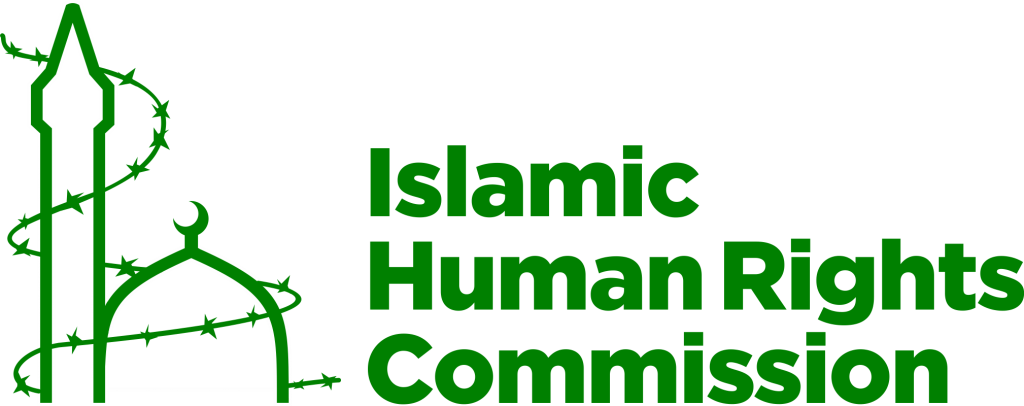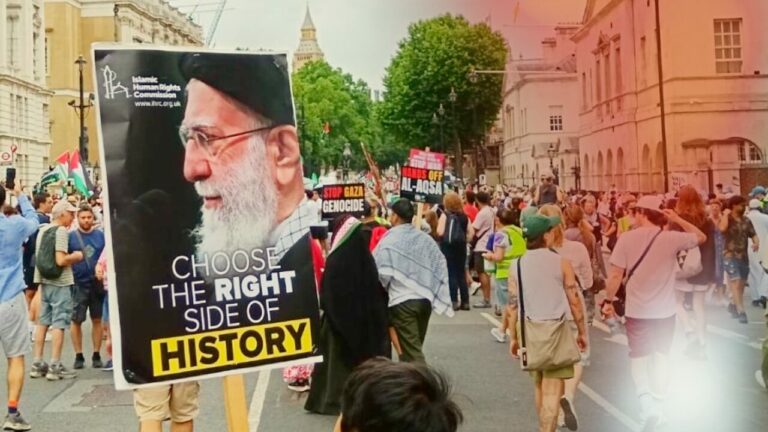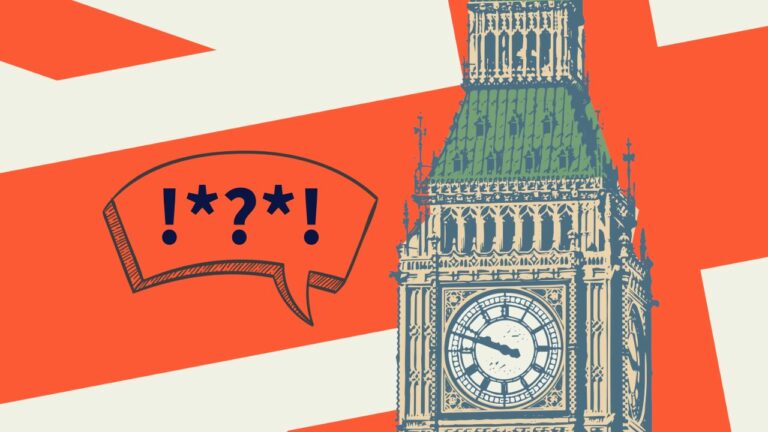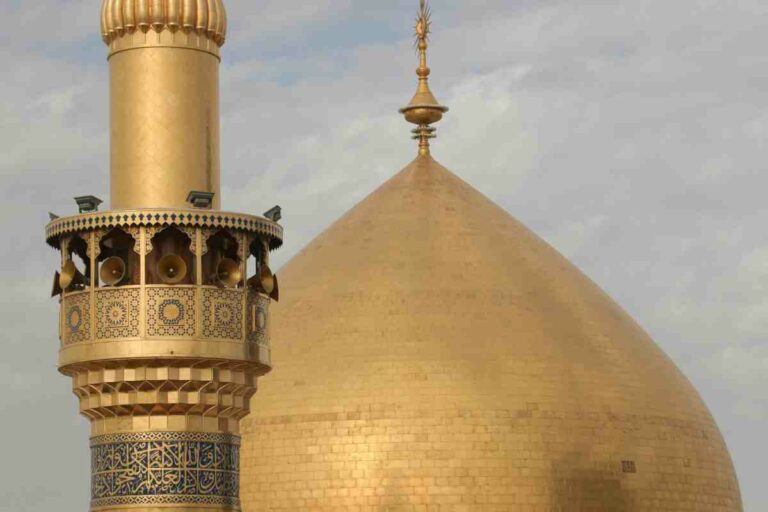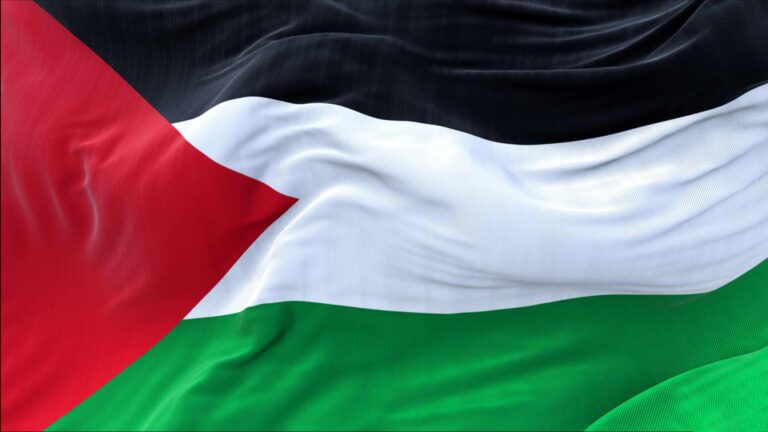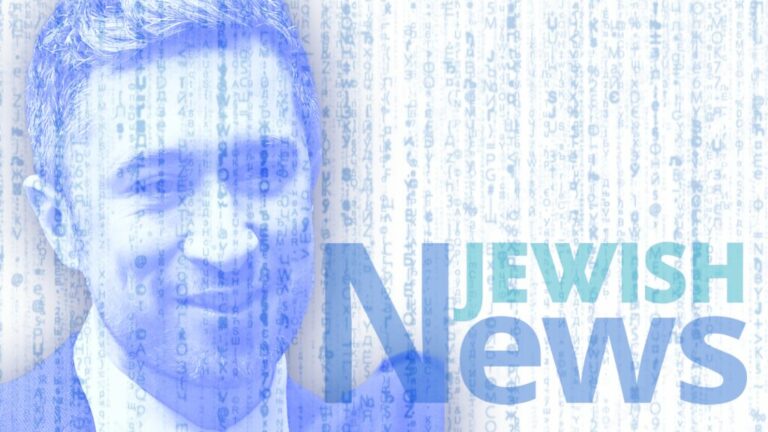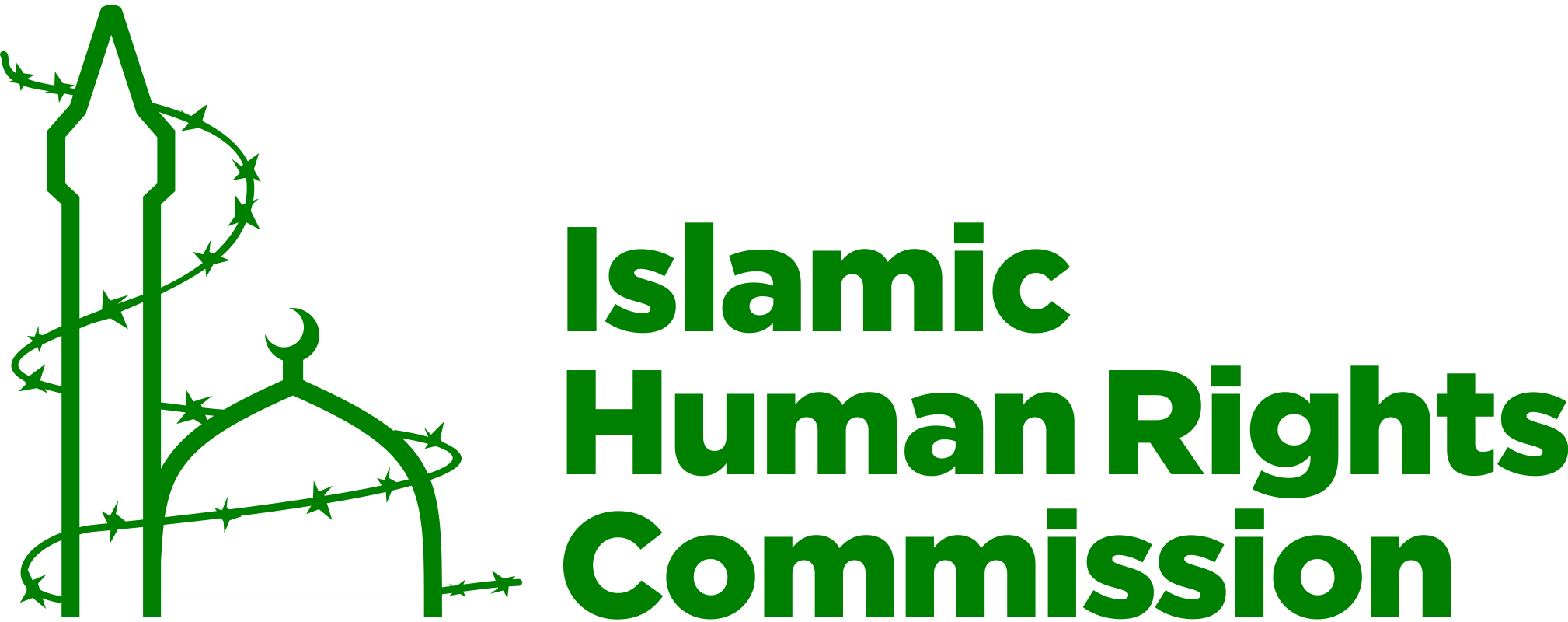Abstract: The book under review courageously explores the bitter realities behind the creation of Israel, a process of ethnic cleansing which continues today.
Illan Pappe argues that there is ethnic cleansing in Palestine. Some readers of these lines might be surprised at such an assertion; however upon reading Pappe’s latest book one might want to reconsider their former perception of the issue in Palestine. If the crisis is mainly perceived as a war between two countries or communities, then one has to re-evaluate. Pappe argues and defends his view that what is happening in Palestine had been planned by a group of people which became an inner circle led by the former Prime Minister of Israel, David Ben Gurion.
Ben-Gurion had planned the expulsion of the Palestinians with a group of influential and powerful friends (11 individuals) in a group Pappe calls ‘the consultancy council’. This council would normally meet outside of office hours in Ben-Gurion’s flat. There they would discuss policies to achieve their Zionist aim of a Greater Israel. These policy-making decisions were then implemented by the government of Israel and included the use of notorious armed Zionist gangs i.e. the Irgun and the Stern Gang. The plan from the beginning had always been to expropriate all lands from the Palestinians; there was never an idea for a peaceful co-existence of two states. In fact, the moment the UN had approved of the partition in 1948, the council had already begun to lay plans for the expansion and later, a total takeover of all lands that would constitute Greater Israel. The consultancy had outlined a plan called Plan Dalet (discussed in Chapter 5) to execute the ethnic cleansing of Palestine in its quest for a realisation of the aim.
Though not termed as ethnic cleansing by the consultancy, it is similar to the various definitions of ethnic cleansing given by international bodies such as the UN. According to the UN, ethnic cleansing is defined as the method of dispossessing people from their homes which includes hostile acts such as killings, rape and destruction of houses so as to disable the people to return to their homes. Ethnic cleansing captured the public mindset in the Bosnian genocide perpetrated by the Serbs in 1994-1996. There, the Bosnians were removed from their houses through the use of mass killings of men, women and children, mass rape and the displacement of a large segment of the population for the sake of the Serbian nationalist ideology of Greater Serbia.
It is amazing, according to Pappe, how the media had not managed to see the similarities between the ethnic cleansing that was happening in Bosnia with the one that is happening in Palestine. According to Drazen Petrovic (pg.2-3), who has dealt with the definition of ethnic cleansing, ethnic cleansing is associated with nationalism, the making of new nation states and national struggle all of which are the driving force within the Zionist ideology of Israel. The consultancy council had used the exact same methods as the methods that were later to be used by the Serbs in Bosnia. In fact Pappe argues that such methods were employed in order to establish the state of Israel in 1948.
The book is divided into 12 chapters with 19 illustrations in black and white, with 7 maps of Palestine and 2 tables. These include old photographs of refugee camps, and maps of Palestine before and after the ethnic cleansing of 1948. Pappe continues his writing as a revisionist historian with the intention of stating the bitter truth to his Israeli contemporaries and the fact that they have to face the truth of their nation being built upon an ethnic cleansing of the population of Palestine.
One can sense an optimistic hope in Pappe’s writing when he talks about the few who are in Israel who are aware of their country’s brutal past especially 1948 and the foundation of the state upon ethnic cleansing of the Palestinians:
True these Israeli Jews who go against the grain are few and far between, but they are there, and given the overall desire of the Palestinians to seek restitution and not demand retribution, together they hold the key to reconciliation and peace in the torn land of Palestine. They are found standing alongside the ‘internal’ Palestinian refugees today, almost half a million people, in joint annual pilgrimages to the destroyed villages, a journey of Nakba commemoration that takes place each year on the day official Israel celebrates (according to the Jewish calendar) its ‘Independence Day’.(pg.259)
With the escalation of violence and the continuing onslaught of the Israeli military upon the small Palestinian territories, one wonders whether such optimism is enough to rescue Palestine. Pappe, as many other like-minded authors, has presented to us a strong argument that should awaken those in the media and the academia that the ethnic cleansing of Palestine which had begun in 1948 is still continuing and unless we do something proactive about it, ‘Plan Dalet’ will succeed in dispossessing even the small piece of land now owned by the Palestinians.

